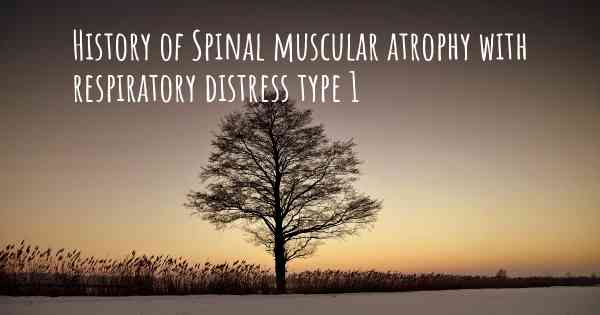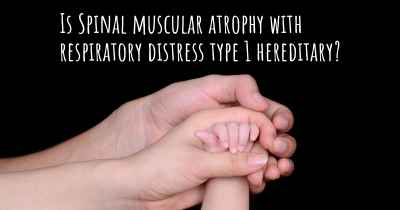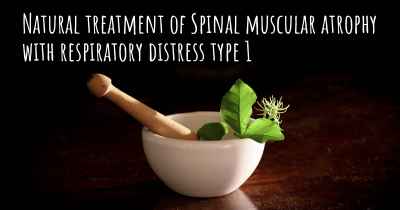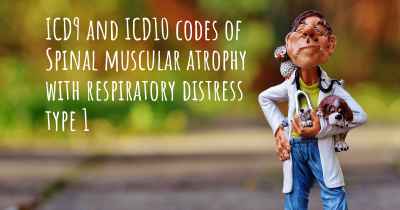What is the history of Spinal muscular atrophy with respiratory distress type 1?
When was Spinal muscular atrophy with respiratory distress type 1 discovered? What is the story of this discovery? Was it coincidence or not?

Spinal muscular atrophy with respiratory distress type 1 (SMARD1) is a rare genetic disorder that affects the muscles involved in breathing and movement. It was first described in medical literature in 1973 by Dr. Otto D. Braun-Falco and Dr. Hans H. Goebel. SMARD1 is also known as distal spinal muscular atrophy type 1 (DSMA1) or autosomal recessive distal spinal muscular atrophy type 1 (AR-DSMA1).
SMARD1 is caused by mutations in the IGHMBP2 gene, which provides instructions for making a protein called immunoglobulin mu-binding protein 2. This protein is essential for the survival and function of motor neurons, which are nerve cells that control muscle movement. The specific mutations in the IGHMBP2 gene disrupt the normal production or function of the immunoglobulin mu-binding protein 2, leading to the characteristic symptoms of SMARD1.
The first reported cases of SMARD1 were in two unrelated families, one from Germany and one from the United States. In both families, affected infants presented with severe respiratory distress shortly after birth. They experienced difficulty breathing, weak cry, and poor muscle tone. These symptoms were initially misdiagnosed as congenital myasthenic syndrome, another neuromuscular disorder.
It wasn't until 1996 that researchers identified the IGHMBP2 gene as the underlying cause of SMARD1. This discovery was made by Dr. Christine Lefebvre and her colleagues at the Institut de Génétique et de Biologie Moléculaire et Cellulaire in France. They found that mutations in the IGHMBP2 gene were present in affected individuals from multiple families, confirming its role in the development of SMARD1.
Since then, further research has expanded our understanding of SMARD1. It is now known to be inherited in an autosomal recessive manner, meaning that both parents must carry a copy of the mutated gene for their child to be affected. If both parents are carriers, there is a 25% chance with each pregnancy that their child will have SMARD1.
SMARD1 primarily affects the lower motor neurons, which are responsible for transmitting signals from the spinal cord to the muscles. The loss of these motor neurons leads to progressive muscle weakness and atrophy, particularly in the muscles involved in breathing and movement. Infants with SMARD1 often require mechanical ventilation to assist with breathing and may have difficulty swallowing and feeding.
The prognosis for individuals with SMARD1 is generally poor. The disease is progressive and life-threatening, with most affected individuals not surviving beyond early childhood. However, there have been a few reported cases of individuals with SMARD1 who have survived into adolescence and adulthood, suggesting that the severity of the disease can vary.
Currently, there is no cure for SMARD1. Treatment focuses on managing the symptoms and providing supportive care. This may include respiratory support, physical therapy, and nutritional support. Ongoing research is aimed at developing potential therapies, such as gene replacement or gene editing techniques, to address the underlying genetic cause of SMARD1.
In conclusion, SMARD1 is a rare genetic disorder characterized by respiratory distress and progressive muscle weakness. It was first described in the 1970s and later linked to mutations in the IGHMBP2 gene. SMARD1 is inherited in an autosomal recessive manner and primarily affects the lower motor neurons. The prognosis for individuals with SMARD1 is generally poor, and there is currently no cure. Ongoing research aims to improve our understanding of the disease and develop potential treatments.








